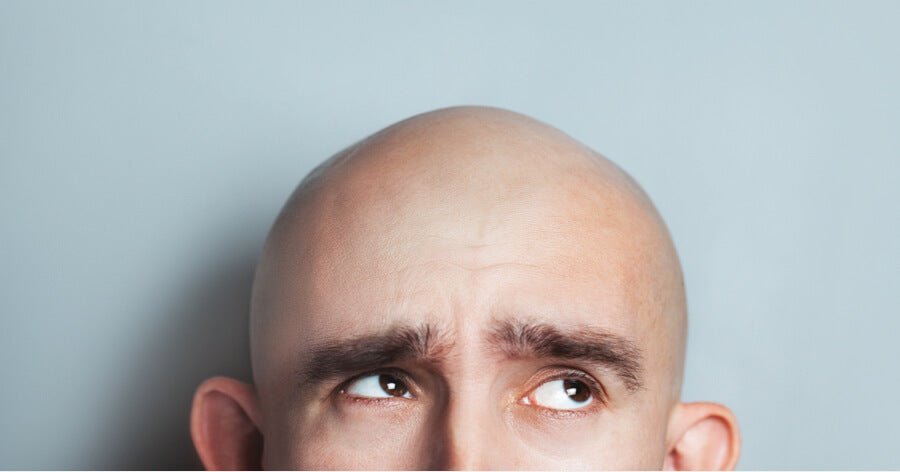Has your hair been looking thinner than you remember? Is your hairline receding at a rate that is harming your self-confidence? If you’re worried about the state of your hair and you are noticing extreme hair loss across your scalp, you can undertake methods to restore its condition.

- by Affirm Collaborator
Is the Capillus Laser Cap Appropriate for Extreme Hair Loss or Baldness?
- by Affirm Collaborator
Is Hair Loss Genetic? Understanding Your Hair Anatomy
How the Capillus Laser Cap Can Help Improve Your Widow's Peak